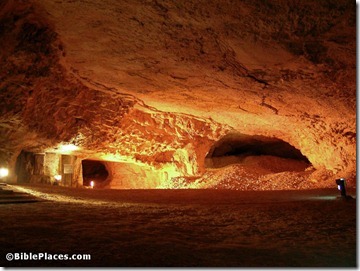On the 45th anniversary of Jerusalem’s reunification, the Prime Minister’s cabinet approved spending nearly $100 million to develop sites in the city. The Jerusalem Post has limited details:
Tourism in Jerusalem dominated the agenda at the meeting, where the cabinet approved NIS 350 million over the next seven years to develop sites and infrastructure in the capital, with a focus on biblical tourism. Israel hosted 2.8 million foreign visitors in 2011.
Eighty percent of them visited Jerusalem and 30% stayed at least one night in the city.
According to the Prime Minister’s Office, every million tourists add NIS 5.5 billion to the economy and create 30,500 jobs.
Approximately NIS 20m. of the tourism funding will be directed toward the Mount of Olives Cemetery.
The plan is to renovate 15,000 graves and install 150 security cameras to stop desecration and stoning attacks.
Part of the money will also go to improve the “green lung” of Jerusalem’s parks and open spaces.
The money will be used to develop the Slopes of Mount Scopus national park, next to the Arab neighborhood of Isawiya, which residents oppose because it will stop their neighborhood from expanding.
Netanyahu tasked the Jerusalem Development Authority with overseeing the development of biblical tourism sites. “[The money] will enable us to build biblical sites in the city that will enhance and explain our link to the land of the Bible, to Zion, and also allow millions of people, no less, millions of people to have a direct appreciation of Israel’s heritage as it finds expression in the Bible,” Netanyahu said at the start of the weekly cabinet meeting.
The full story is here.


